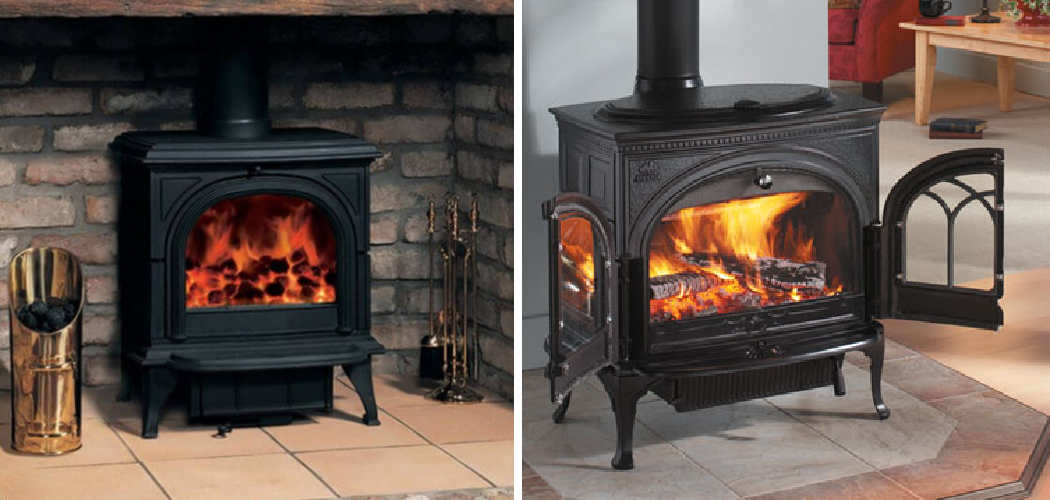Coal is a highly effective alternative fuel source, especially when used safely in your wood stove. Unlike wood, coal provides a longer and more consistent burn, increasing heat production. If you’re curious about incorporating coal into your wood stove, this post will serve as a comprehensive guide, walking you through the entire process. So keep reading to learn more about how to use coal in wood stove.
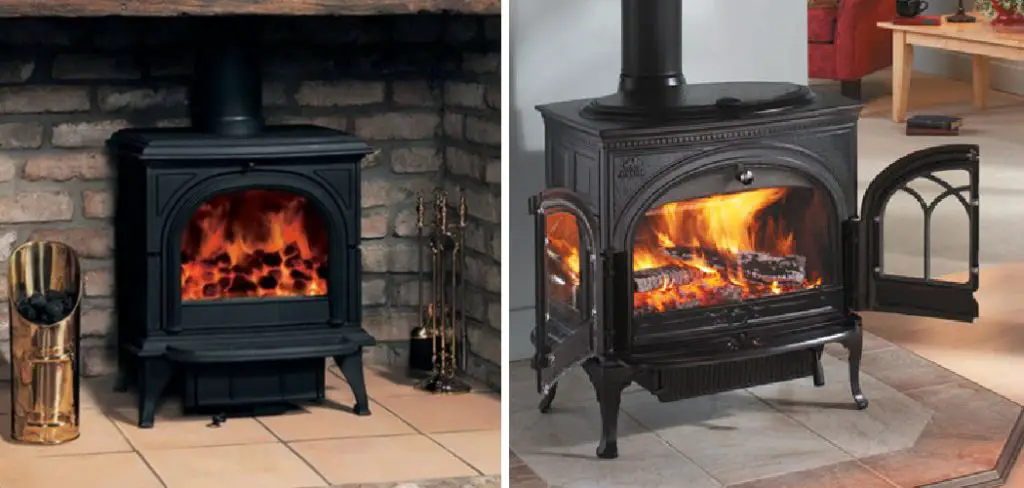
Can You Use Coal in Wood Stove?
If you’re looking for a way to heat your home this winter, you may be considering using your wood stove as a primary source of warmth. But what happens if you run out of firewood? Can you use coal instead? The answer is yes, you can use coal in a wood stove.
Many people prefer the efficiency of burning coal over wood. However, it’s important to note that using coal requires different procedures and maintenance than burning wood. You’ll need to use a different type of grate and clean the stove more frequently. But with the right equipment and knowledge, burning coal can be a great option for heating your home.
Why Should You Use Coal in Wood Stove?
Using coal as a fuel source for your wood stove can provide many benefits. Not only does it burn longer and produce more heat than traditional wood, but it is also a more affordable option in many cases. Coal is readily available and easy to store, making it a convenient choice for those who rely on their wood stove to heat their home.
Some people also find that coal produces less smoke and ash than wood, making it a cleaner option overall. However, it is important to note that not all wood stoves are designed to burn coal, so it is crucial to check with your manufacturer and ensure that your stove is compatible before making the switch. But if it is, using coal can be an efficient and cost-effective way to keep your home warm during the colder months.
7 Tips to Follow on How to Use Coal in Wood Stove
1. Purchase Good Quality Coal
Look for a reputable supplier who deals with high-quality coal. Ensure that the coal you purchase is of the right size for your stove. Confirm that it has a low moisture content, low ash content, and high heating value.
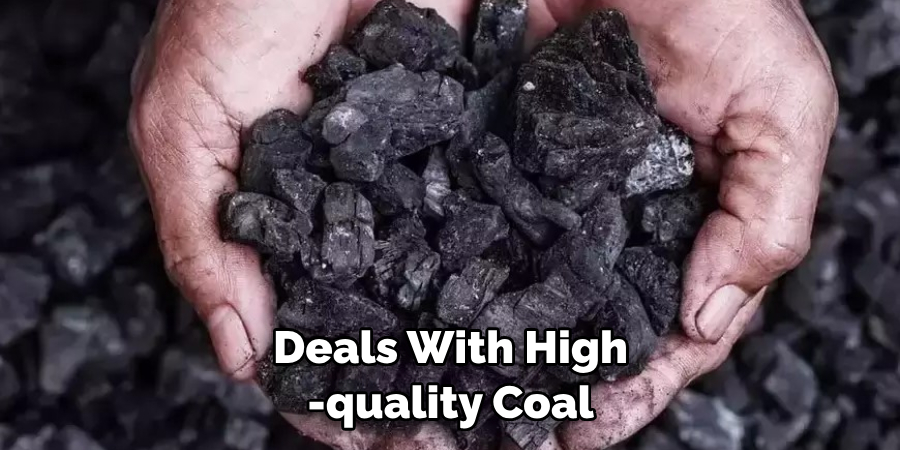
2. Clean the Stove
Before you add coal, make sure your wood stove is clean. Ash buildup can cause a fire hazard, so ensure that there is no ash in your stove.
3. Scrape the Grate
Most wood stoves come with a grate. Scrape the grate bottom with a scraper or an ash tool to remove any small remnants of wood from previous burns. Doing so allows air to flow underneath the coal and just makes a better environment.
4. Add Coal to the Firebox
Open the stove door to expose the firebox. Start adding small amounts of coal in layers from the front of the stove to the back. Be sure not to add too much or too little coal, as either can smother the fire. Using a shovel or an ash tool, level the coal so it is evenly distributed. Do not fill the stove completely or heap up the coal high around the stove walls.
5. Adjust the Draft Controls
After adding the coal, adjust the draft controls to ensure optimal airflow. Adjust the dampers and draft levers until you see a blue flame that extends from the coal bed. Avoid shutting the draft controls completely as it can allow the coal to smolder, and it produces carbon monoxide gas.
6. Add Firewood
You can use a combination of coal and firewood to increase the efficiency of your wood stove. When using both fuel sources, add a few pieces of firewood first. This adds air to the combustion chamber, allowing the coal to burn hotter and cleaner. Place several logs over the coal bed before completely closing the damper.
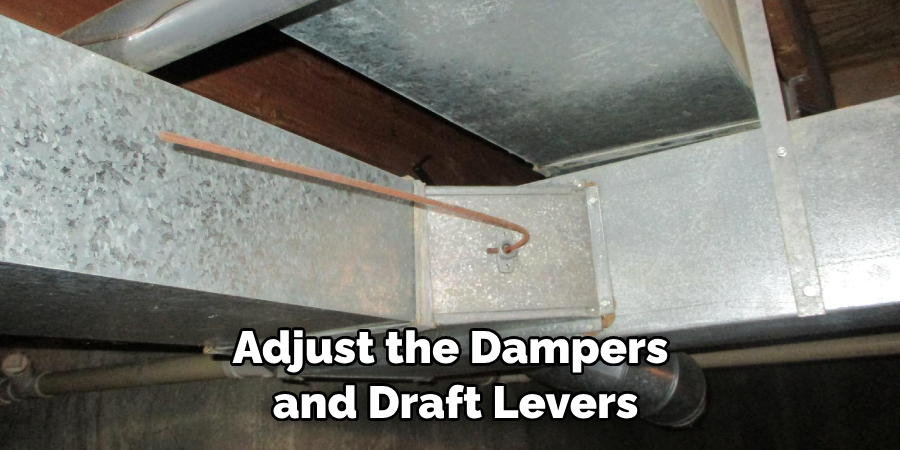
7. Monitor the Burn Temperature
Finally, monitor the burn temperature to ensure that it doesn’t exceed 350 degrees Fahrenheit. Stocking frequently with smaller amounts of coal will help maintain an optimal burn rate and reduce the risk of fire hazards.
Using coal in your wood stove is a great way to produce more consistent heat output while avoiding excessive wood cutting. However, it is important to take safety precautions and properly maintain your equipment. Follow the tips outlined in this article, and you’ll be able to get the most out of your coal-burning experience!
5 Considerations Things When You Need to Use Coal in Wood Stoves
1. Safety
When using coal in a wood stove, it is important to take safety precautions. Coal produces more heat than wood, so it is important to make sure that the stove is properly ventilated and that the fire is never left unattended. Additionally, it is important to ensure that the coal has been completely extinguished before leaving the area.
2. Storage
It is also important to consider how you will store your coal when not in use. Coal should be stored in a dry place away from any sources of ignition or combustible materials. Keeping coal away from children and pets is also important as it can be harmful if ingested or inhaled.
3. Quality
The quality of the coal you use will impact how well it burns and how much heat it produces. High-quality coal typically produces less smoke and more heat than lower-quality coal, so it is important to purchase the best quality you can afford. Additionally, high-quality coal tends to last longer than lower-quality coal, which can save you money in the long run.

4. Soot
Using coal in a wood stove can produce a significant amount of soot, which can be difficult to clean up and may cause health problems if inhaled over time. To reduce soot production, ensure your wood stove is properly maintained and cleaned regularly. Additionally, using high-quality coal will help reduce soot production and increase heating efficiency.
5. Cost
Finally, cost should also be considered when deciding whether to use coal in a wood stove. Coal tends to be more expensive than other fuels, such as wood or propane; however, depending on your needs and budget, using coal may still be a viable option for heating your home efficiently and cost-effectively.
5 Benefits of Using Coal in Wood Stoves
1. Cost-Effective
One of the primary benefits of using coal in wood stoves is that it is a cost-effective fuel source. Coal is typically much cheaper than other forms of fuel, such as wood or propane, and can be purchased in large quantities for a lower price. Additionally, coal burns more slowly and efficiently than other fuels, which can help to reduce costs even further.
2. Cleaner Burning
Coal also burns much cleaner than other fuels, such as wood or propane. Coal produces fewer emissions than these other fuels, which can help to reduce air pollution and improve air quality in your home. Additionally, burning coal produces less smoke and soot than burning wood or propane, which can help to keep your stove clean and free from residue buildup.
3. More Efficient Heat Output
Coal produces more efficient heat output than other fuels, such as wood or propane. This means that you will get more heat from the same amount of fuel when using coal in your wood stove than other fuels. This can help reduce fuel costs even further while providing adequate heat for your home.
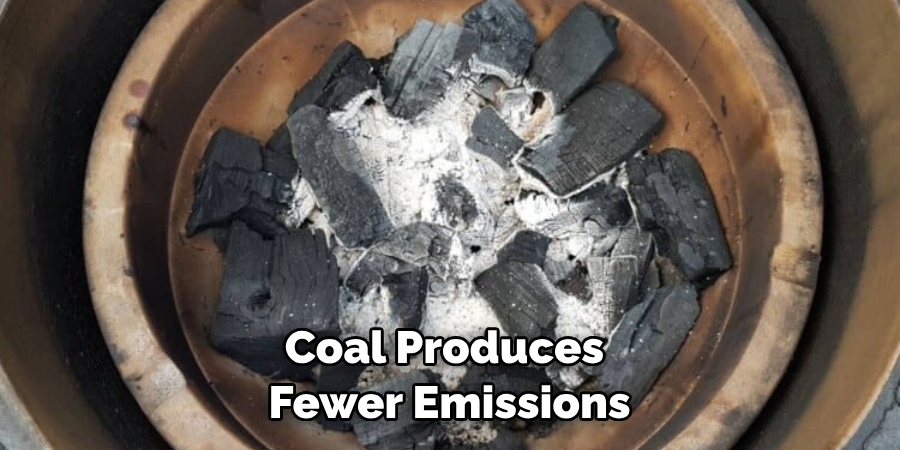
4. Easier to Store and Transport
Coal is also much easier to store and transport than other fuels such as wood or propane. Coal comes in small pieces that are easy to store in bags or containers without too much space. Coal is much lighter than these other fuels, making it easier to transport if needed.
5. Longer Burn Time
Finally, coal has a longer burn time than other fuels, such as wood or propane. This means that you will not need to refuel your stove as often when using coal compared to these other fuels, which can save you time and effort when tending to your stove regularly.
Considering these considerations, using coal in a wood stove can be an effective and cost-efficient way to heat your home. Additionally, using coal will help reduce air pollution and improve air quality while providing reliable heat output for your home or business. However, it is important to ensure that all safety precautions are taken when handling and burning coal to ensure your and your family’s safety.
Conclusion
Adding coal to your wood stove helps prolong the burn, reducing time spent adding more wood. It also produces less creosote build-up in your chimney, reducing maintenance costs.
The main thing to remember is to use good quality coal, start with small amounts, and adjust the draft controls for optimal burning. If you follow these steps, you’ll enjoy a coal and wood stove’s warmth. Stay safe and warm all winter long! Thanks for reading our post about how to use coal in wood stove.

